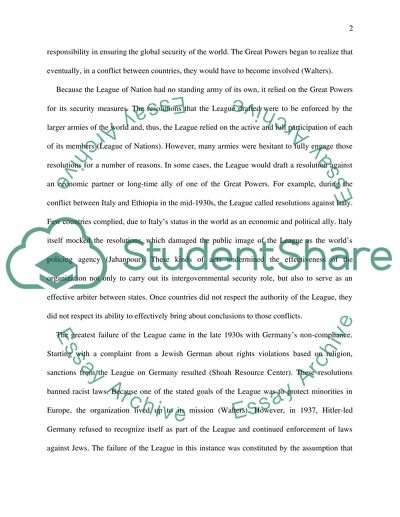Cite this document
(“The founding of the UN during the Second World War shows that the UN Essay”, n.d.)
Retrieved from https://studentshare.org/environmental-studies/1412276-the-founding-of-the-un-during-the-second-world-war
Retrieved from https://studentshare.org/environmental-studies/1412276-the-founding-of-the-un-during-the-second-world-war
(The Founding of the UN During the Second World War Shows That the UN Essay)
https://studentshare.org/environmental-studies/1412276-the-founding-of-the-un-during-the-second-world-war.
https://studentshare.org/environmental-studies/1412276-the-founding-of-the-un-during-the-second-world-war.
“The Founding of the UN During the Second World War Shows That the UN Essay”, n.d. https://studentshare.org/environmental-studies/1412276-the-founding-of-the-un-during-the-second-world-war.


